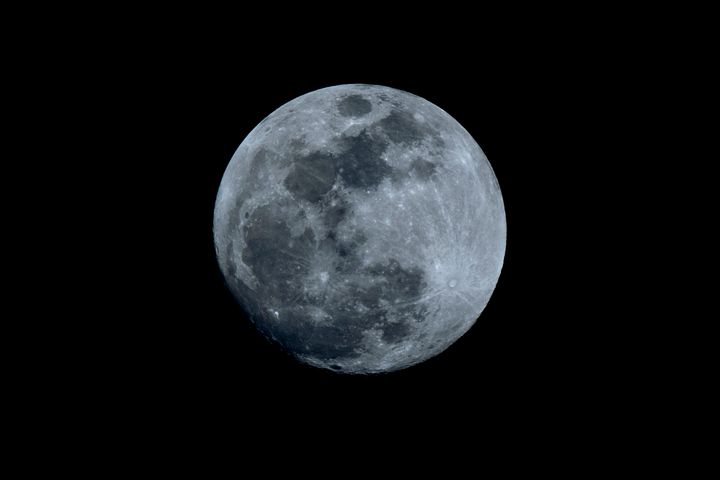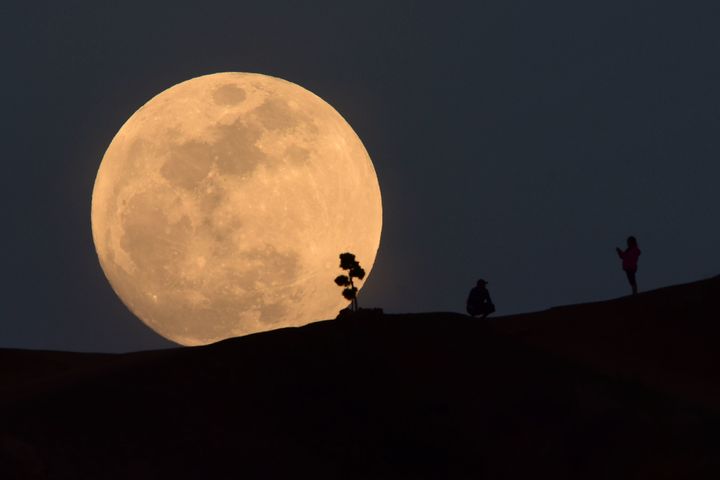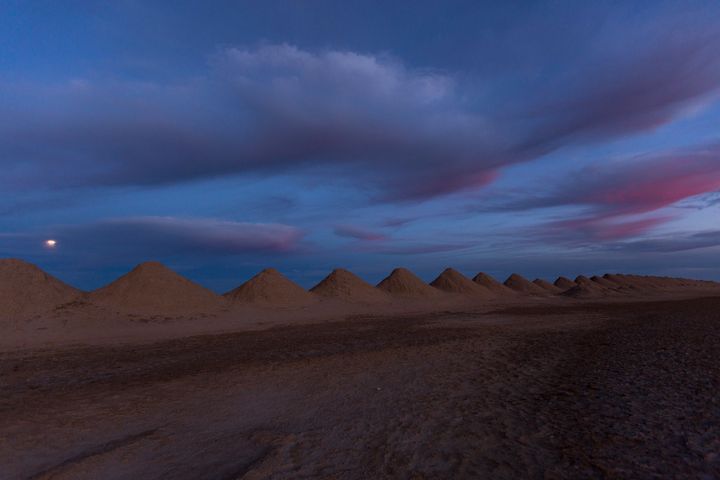January might have taken forever to end, but we are going out with a bang as our celestial neighbours offer a rare treat - three lunar events in just one night.
The last time we had Super Blue Blood Moon (supermoon, blood moon, and blue moon occurring simultaneously) was 152 years ago, on 31 March 1866, so it’s probably worth a look.
The Super Blue Blood Moon will occur on Wednesday 31 January.

What is a Super Blue Blood Moon?
A Super Blue Blood Moon is basically the coincidental collision of three separate lunar events at one point in the calendar.
A supermoon happens when the moon enters perigee - or passing through the closest point to Earth in its orbit - appearing 7% bigger and 14% brighter. This is the third time this has happened in 2018, says NASA.
The blue part of the name originates from the fact it will be the second full moon of the month, commonly called a blue moon.
And on the very same night as both those occurrences, there will also be a lunar eclipse, which causes the blood moon. As the sun is blocked out from view by the passing of the moon, it turns a deep red colour.
This is because some sunlight skims through the atmosphere and gets slightly refracted or bent towards the moon.
Together they all make the Super Blue Blood Moon.

How can I see the Super Blue Blood Moon?
Just look up at the sky!
Gordon Johnston, program executive and lunar blogger at NASA Headquarters, said: “The moon is close enough that we can see it and the features on it, and notice what changes and what stays the same each night.”
But this only works if you’re in the right part of the world.
From the USA, you will be able to see the eclipse on Wednesday morning, just before the moon gives way to the sunrise. For those on the east coast, the eclipse will start just before sunrise at 5.51 EST.

For those in the Middle East, Asia and Russia, and Australasia, it will be during the moonrise on the evening of 31 January at 9.51pm in Sydney, 5.51pm Shanghai and 12.51pm Moscow.
For people in Western Europe, most of Africa and Central and Southern America, we will miss out on the eclipse.
But never fear, you can watch a livestream via the Virtual Telescope or the University of Western Sydney.
